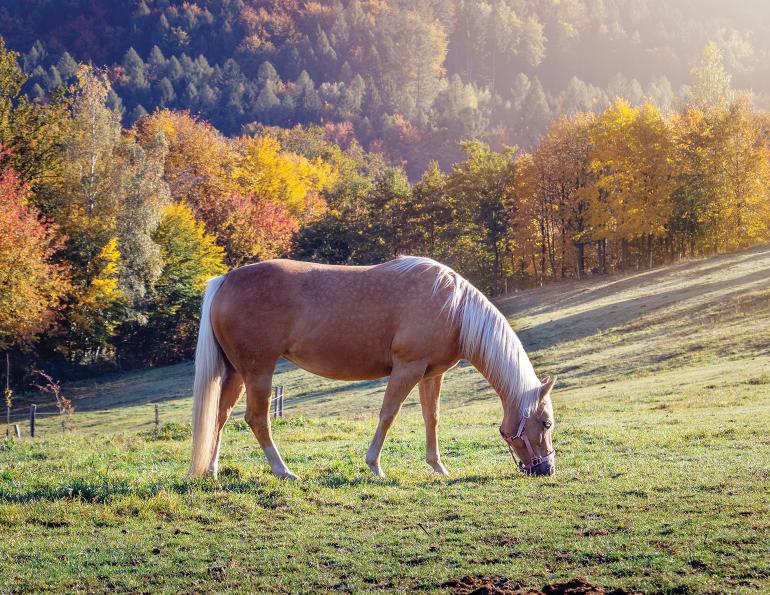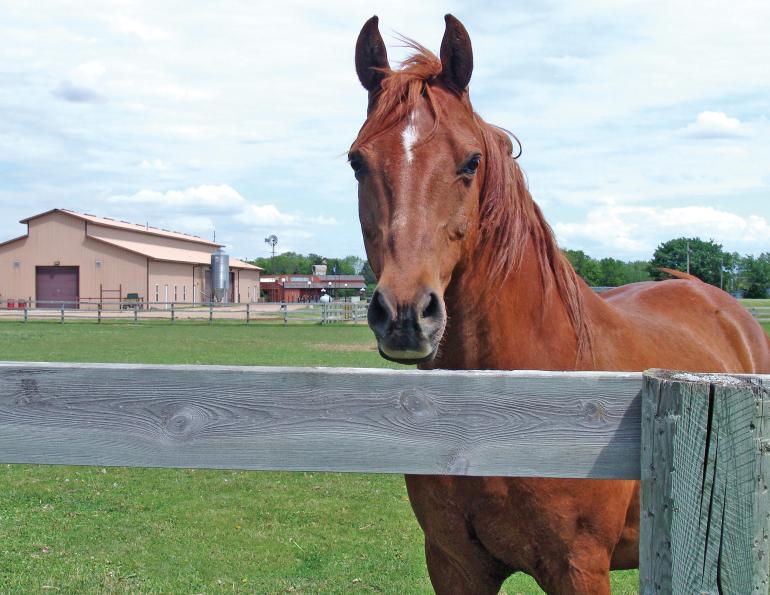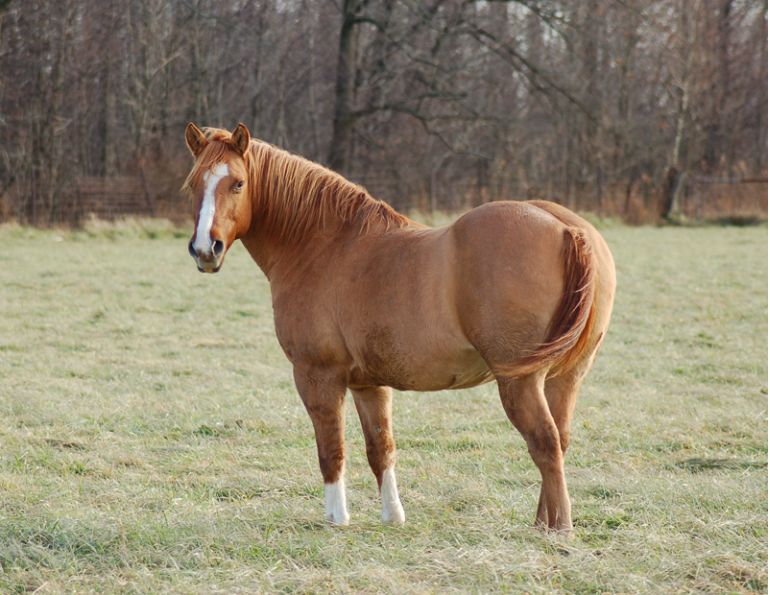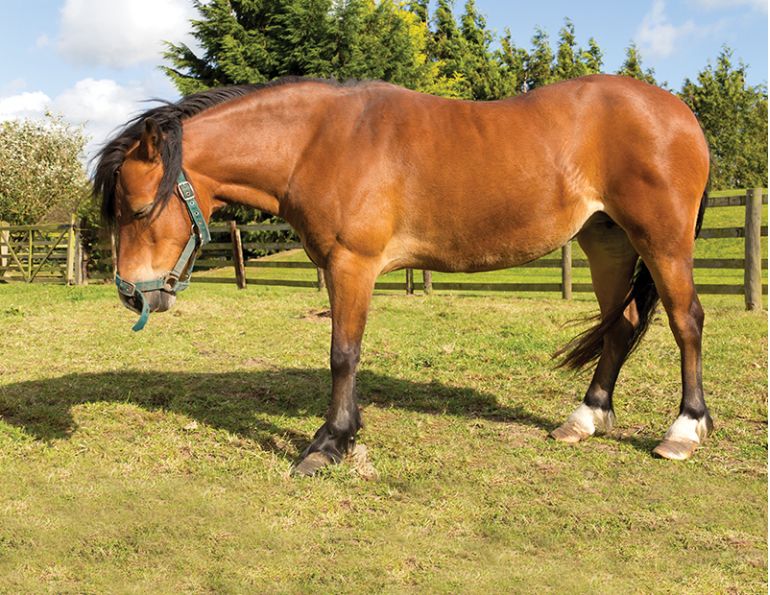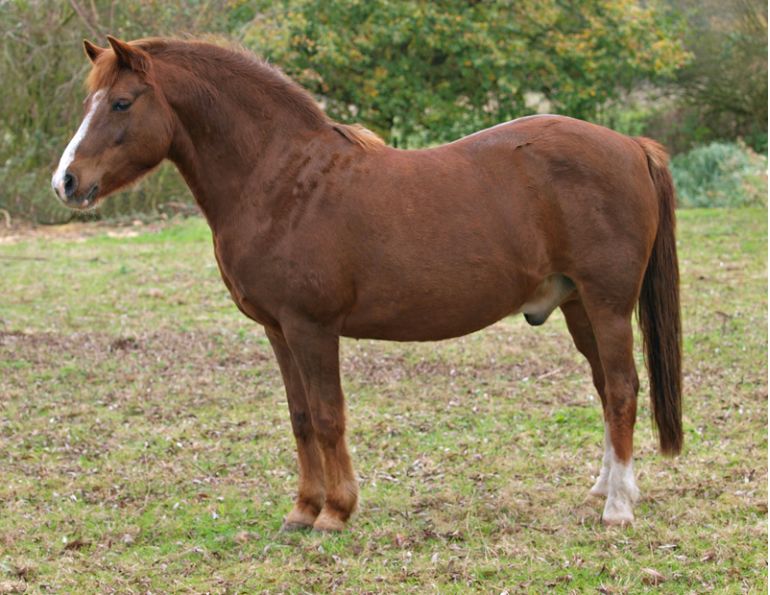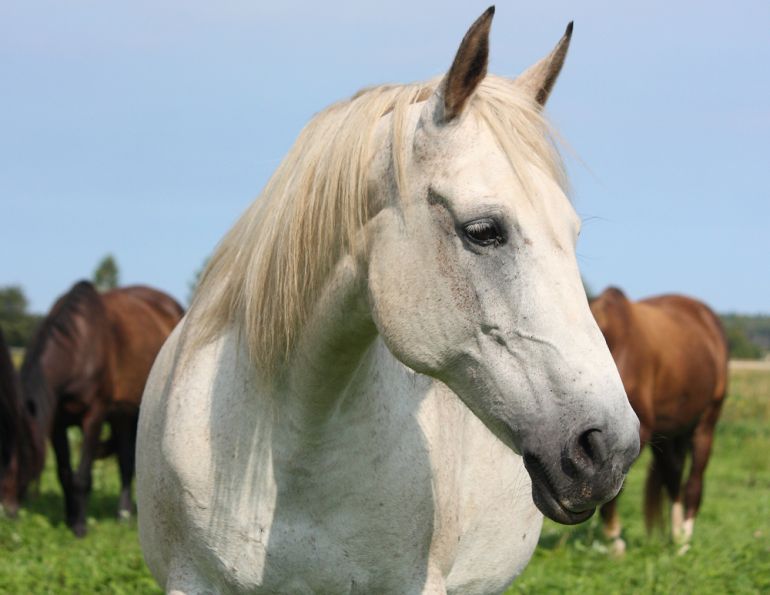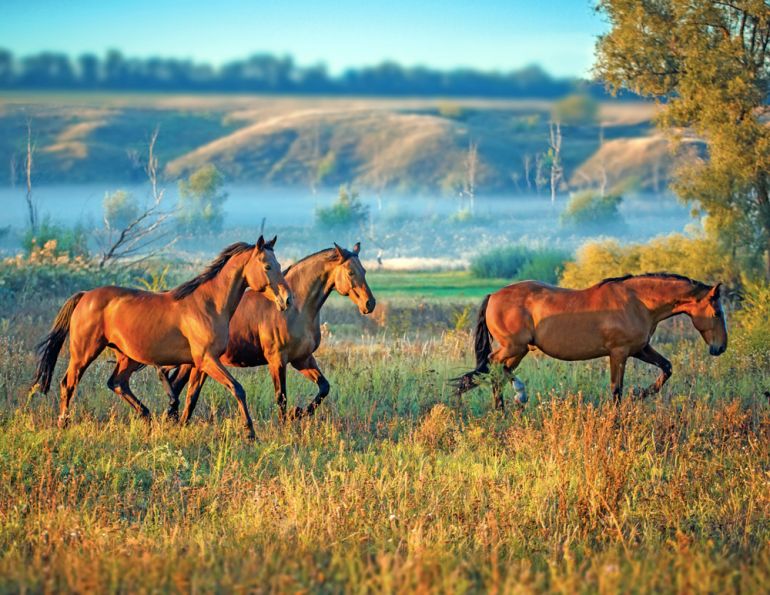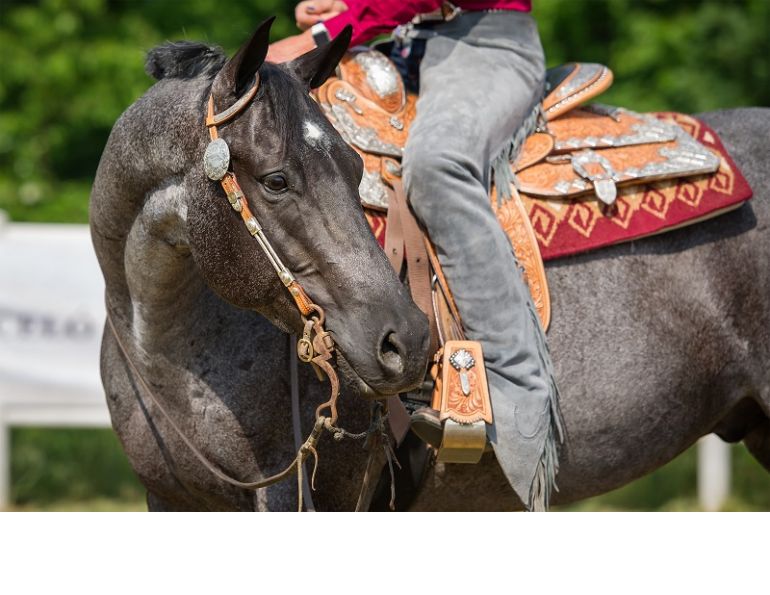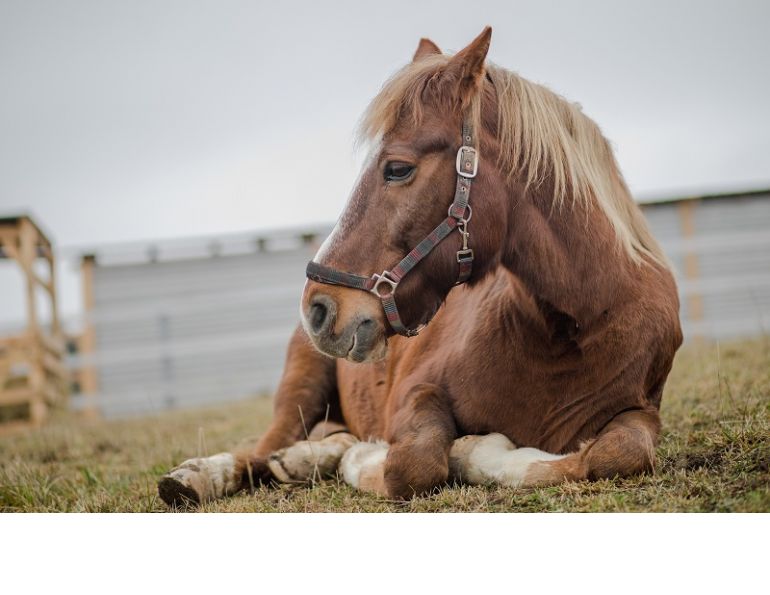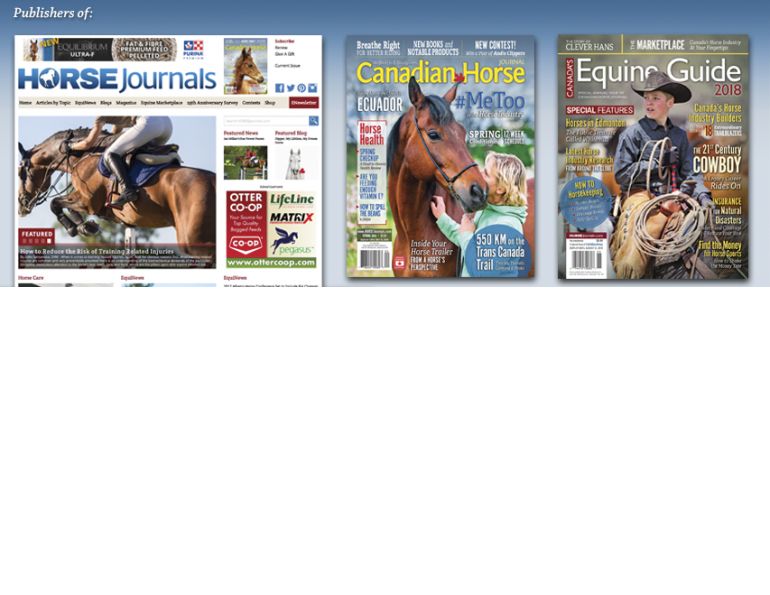By Equine Guelph
As the season transitions to autumn, beautiful leaves and cooler temperatures are a reminder that winter weather will soon settle in. Horses have already shed their summer coats and are busy growing thicker winter ones, and their environment is adjusting to seasonal changes too. The arrival of fall is a great time to assess your horse’s overall health and body condition, and determine what he needs for winter.
Let’s bust some common nutritional myths so you can help your horse prepare before winter arrives.
Myth #1 — Autumn grass is an adequate nutrition source on its own.
Although it may look abundant and your horse is still happily grazing, fall grass is typically higher in fibre and lower in nutrition. Your horse may begin to shed pounds on this pasture as a sole source of food, even though he had been able to maintain a healthy weight during the spring and summer months. Also, be aware that fructan levels can increase with the return of moisture and this sugar can trigger laminitis.
Your nutrition plan not only needs to consider changes in the horse’s workload, but also in the nutritional content of pasture or hay throughout the seasons.
Myth #2 — Water tubs and troughs don’t need to be scrubbed and topped up as often in cooler weather.
Algae continue to flourish well into the fall season. Now is not the time to become lax with the scrub brush. Keep the water topped up, too! As horses start eating more dry hay and less moisture-rich grass, water is essential in digestion and keeps this dry matter moving smoothly through the gastrointestinal system.
Related: How to Test Your Horse for Dehydration
Myth #3 — I can stop providing salt and electrolytes now that the summer’s heat has gone.
Horses need salt and electrolytes all year long to regulate fluids. Heat and humidity increase the need but the main reason to give electrolytes at any time of year is to keep the horse hydrated. As the cold weather settles in, many horses will drastically cut back on the amount of water they drink. One of the best ways to encourage drinking and prevent the incidence of impaction and colic during winter is to increase the amount of electrolytes in the horse’s diet.
Myth #4 — I should quickly fatten up my horse now before winter.
It is important that horses come into the winter with enough condition. It is harder to put weight on a horse lacking condition when it is using calories to stay warm. However, it is of vital importance to change the horse’s diet gradually over at least two weeks to avoid disturbing the bacterial population in the hindgut. In some cases, increasing hay intake may be enough. Fermentation of hay in the hindgut contributes to keeping the horse warm as temperatures drop.
Myth #5 — Hay cubes cannot be used as a complete forage source.
Hay cubes can be used as a forage extender or in some circumstances as a forage replacement. They are particularly useful as a low dust feed for horses with respiratory conditions and for senior equines with dental challenges.
Related: Finding the Hoof Care Balance - Top Tips & Myth Busters
Related: Equine Colic - Signs, Symptoms, Treatment
Published with the kind permission of Equine Guelph.
Main Photo: Adobestock/Encierro



